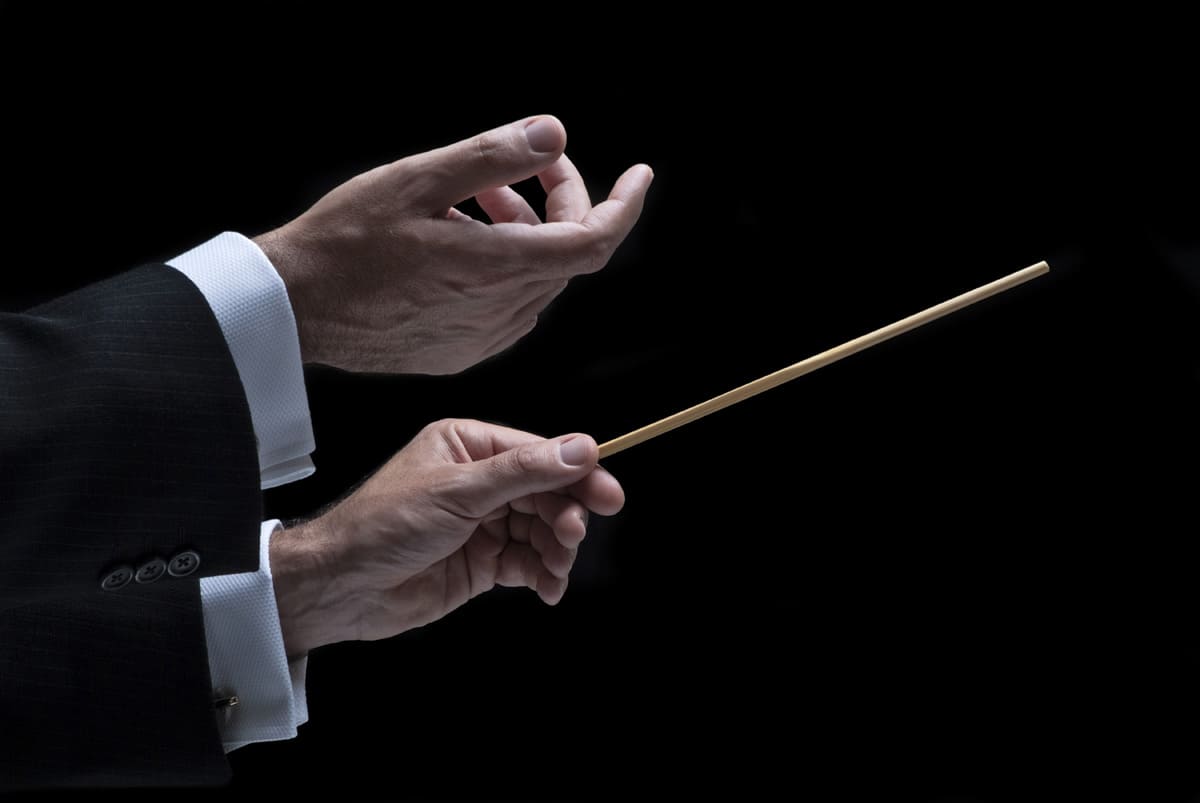Management Summary
How companies deal with mistakes has a massive impact on their competitiveness. This is because a destructive error culture prevents employees and managers from taking risks and assuming responsibility for decisions. Processes take longer, development comes to a standstill and innovation becomes impossible.
As the managing director, you set the tone for the error culture you want to live in your company.
To anchor a constructive culture of fault tolerance in your organisation, I recommend
- Development of one's own personality towards acceptance of imperfection
- Focus on the solution instead of the blame
- Clear demarcation where zero errors are required and where experimentation is desired
- Constructive feedback and solution-focussed questions to promote development and continuous learning
Looking back: mistakes as the basis for innovation
Of course, there are errors whose effects lead to very great and irreparable damage. We think of the catastrophe in Tchernobyl, train accidents caused by faulty switch settings, surgical errors in hospitals that lead to permanent health restrictions or even death. Measured against the total number of errors, however, this is the significantly smaller part.
Our attitude towards mistakes should therefore change. Mistakes are important experiences. They are part of growth, an important element of development processes. Without mistakes, there is no innovation.
Several innovations have arisen by chance as a result of errors. Examples are
- Post-it's by Spencer Silver
- Tesafilm by developer of the company Beiersdorf
- Galvanisation by Charles Goodyear
- Dynamite by Alfred Nobel
- Principle of vaccination by Louis Pasteur
9 tips for a culture of fault tolerance
1. see mistakes as learning opportunities
One of the most important foundations of a constructive error tolerance culture is your attitude towards errors, i.e. the way in which you view errors. Do you judge mistakes as shortcomings, failures or failures? Or do you see mistakes as opportunities for learning and development?
Mistakes provide valuable insights into what works and what doesn't and reveal potential for improvement. They are a mirror of the current situation.
By understanding mistakes as part of the learning process and communicating them as such within the organisation, you create a culture that invites employees to look at mishaps from a learning perspective.
2. change expectations of your own perfection
The most natural way to achieve this open attitude towards mistakes and mishaps in the long term is to set appropriate expectations for the quality of your own performance. However, we are often characterised by personality patterns that make us want to deliver top performance and be perfect.
This pattern can be dissolved if the underlying beliefs are transformed. Such beliefs can be
- I must not make any mistakes.
- I have to be perfect.
- I have to convince through performance.
- I have to be better than others.
The transformation of these beliefs is achieved through personal coaching.
3. Exemplify a positive error culture
The moment you no longer expect perfection from yourself, you will be able to do the same with your fellow human beings. This will make you an authentic role model for employees and managers and enable cultural change.
Because the way in which you deal with errors yourself has a decisive influence on the way in which your employees deal with errors.
4. clearly communicate expectations
The clearer it is for everyone what is expected in terms of results and what the rules of the game are for working together, the lower the risk of misunderstandings arising.
- What do you expect from the respective roles in the company? What goals and tasks are associated with them?
- Where does zero-defect tolerance apply? Where is experimentation allowed?
- Which processes must be adhered to, which systems must be used?
- What values determine the way you work together and what behaviour makes these values visible?
The more clearly you as a manager define your expectations, the easier it is for others to fulfil them or to proactively express themselves if these expectations cannot be met.
5. promote open communication
An open communication culture is the key to recognising mistakes early on and working together to solve them. Encourage your employees to speak openly about their mistakes without fear of negative consequences.
A good way to encourage this is through regular meetings or feedback sessions where employees can share their challenges and mistakes. Go as managing director lead by example and Talk openly about your own mistakes.
Some teams even celebrate the "mistake of the week" to show that mistakes are part of the game.
- What is my mistake of the week?
- What have I learnt from this?
- What do I recommend to others so that they don't make the same mistake?
6. Record, analyse and solve errors in a structured manner
Errors are a reflection of the current situation and provide impetus for improvements. Systematic error management can help to record and analyse errors and derive preventative measures.
Such a system should not be used to monitor or penalise individuals, but as a tool for continuous improvement.
Record errors in a structured manner, analyse their causes and develop preventative measures together as a team to avoid similar errors in the future:
- Which process is to be changed?
- Where are interfaces not running smoothly?
- Where is there a lack of common understanding?
- Where is there a need for training?
7. responsibility instead of apportioning blame
A constructive culture of fault tolerance is not about finding someone to blame, but about taking responsibility for the mistake and working out a solution. Blaming leads to mistrust and fear, which can limit productivity and creativity. Taking responsibility, on the other hand, promotes a sense of cohesion and problem solving. Encourage your employees to take responsibility and work together on improvements.
You can control this process by asking solution-focussed questions:
- How do we deal with this situation?
- What do we learn from this experience?
- How can we ... in the future?
- What does it take to prevent the same mistake from happening again?
8. give regular feedback, show appreciation
In addition to regular constructive feedback, appreciation plays a major role. When employees know that their efforts and progress are seen and recognised, they are more motivated to move things forward and break new ground.
As a manager, you should not only recognise successes and results, but also appreciate (small) advances. Show that you appreciate the initiative, even if the result may not always be perfect.
9. Deliberately breaking the rules as a creative experiment
If, as a manager, you deliberately encourage people to break the rules within a set framework, this is a strong impulse to promote new ways of thinking and creative problem-solving.
In many organisations, strict structures and fixed rules often inhibit creative thinking.
By creating a space where breaking the rules is allowed and even encouraged, you give employees the freedom to test new ideas and explore unconventional paths. This is particularly valuable in innovation-driven industries, as it could lead to breakthroughs that might not be possible under normal circumstances.
Further development of the error culture: a top-down process that takes time
Like any process that shakes up our values, educational patterns, the old familiar and established and requires not only a rethink, but also the letting go of old patterns and beliefs and the development of our personality, this takes time. This is why changing the error culture in companies is a far-reaching process of change that takes place top-down.
The most important stages in this process are
- Acceptance of mistakes by top management: Mistakes are experiences and part of the development process.
- Role model effect of the top management level: Mistakes are openly admitted.
- Differentiated view: Where do we still need a zero-defect culture and where not?
- Continuing education: Continuous training on and off the job.
- Risk minimisation: When making decisions with major business implications, it helps to anticipate a worst-case scenario and consider how this can be avoided.
- Solution-focused communication instead of the question of guilt: How do we succeed ...? What exactly will we do differently next time? How else can ... be avoided?
- Error analysis and evaluation: Room for the Self-reflection let.
- Feedback culture: Continuously in everyday life constructive feedback give.
- Institutionalise the learning process: What mistakes have we made? What have we learned from them? What opportunities does it open up for us? Is it worth making this mistake again? If not, what do we change to make it harder to repeat?
- Implementation: Implement things learned from mistakes and justify the change.
Your next step towards a culture of fault tolerance
In our "Quick Check Error Culture We have compiled key indicators that you can use to assess the Assess the error culture of your company or team at a glance them.
Did you find this article helpful?



